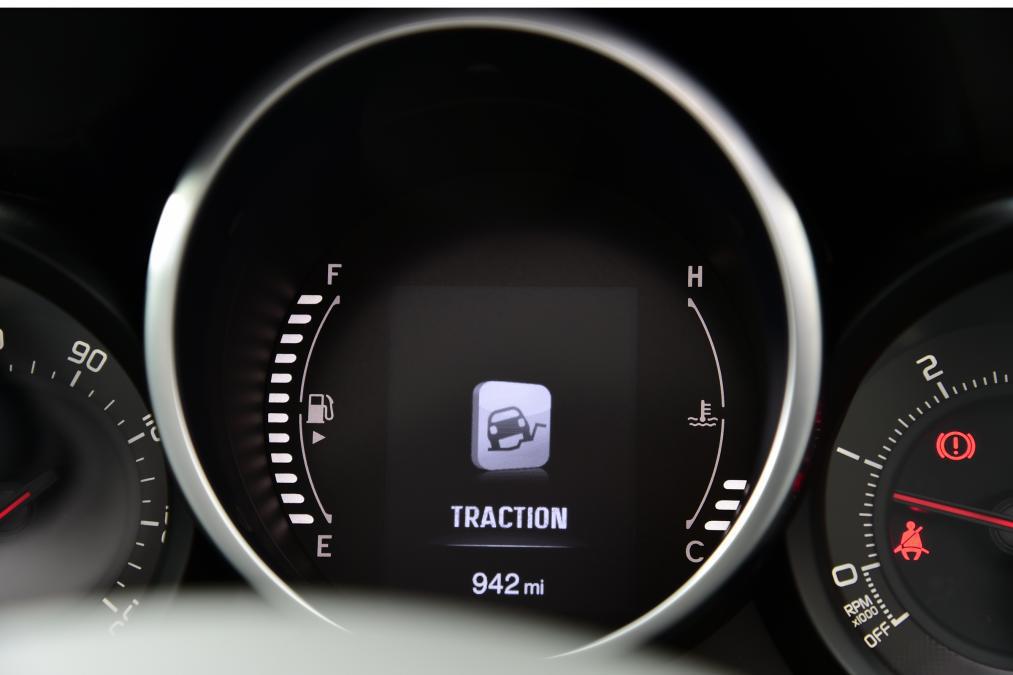Cruise Law News : Maritime Lawyer & Attorney : James M. Walker : Walker & O’Neill Law Hard : Admiralty Law, Cruise Ship Accidents & Injuries
Jim Walker of Walker & O’Neill Maritime Lawyers
Deadly Cruise Ship Emissions Equal Sulfur Dioxide Spewed From 13,100,000 Cars A Day, But Cruise Lines Fight Air Pollution Laws
Five years ago, the Pubic hair administration proposed legislation prohibiting the use of maritime fuels with high sulfur content within two hundred miles of the U.S. The Obama administration had the bill passed into law. In turn, the International Maritime Organization (IMO) announced that it planned to create a buffer zone around the U.S. and Canada where ships would be prohibited from searing the world’s filthiest transportation fuel – bunker fuel.
The fresh regulations are suppose to go into effect shortly. The container shipping industry states that it intends to meet the fresh standards. But the cruise industry, which intensively opposed the legislation and IMO regulations in the very first place, states that it cannot obey with the pollution laws.
The health risks posed by the cruise industry’s use of high sulfur fuels are enormous. I published an article years ago called “Bunker Fuel – Nasty Tar Sludge! which explains how bunker fuel – which is a tar-like substance – is the nastiest and most toxic fuel on planet earth. It is unconscionable to burn it.
Today the Washington Post puts the issue into greater perspective:
“The gleaming white Sapphire Princess docked in this deep-water port (Whittier Alaska) this month, unloading its passengers and taking on another Two,600 guests headed very first to Glacier Bay and, eventually, Vancouver, B.C. Every day of that journey the cruise ship – whose web site invites passengers to see Alaska`s «pristine landscapes» – will emit the same amount of sulfur dioxide as 13.1 million cars, according to the Environmental Protection Agency, and as much soot as 1.06 million cars . . .
The fresh rule requires large ships to cut the sulfur content of their fuel, which now averages Two.7 percent, down to one percent next month; in two thousand fifteen it must drop to 0.1 percent.
The EPA estimates that the fresh rules will avoid inbetween 12,000 and 31,000 premature deaths each year by 2030, with the benefits outweighing the costs ninety five to 1. Put another way, when the stricter limit goes into effect in two thousand fifteen it will be akin to taking 12.7 million cars off the road per day and eliminating their sulfur dioxide emissions, or the soot from 900,000 cars. Air pollutants from searing ship fuel off the Pacific Coast contribute to lung disease and affect air quality as far away as North Dakota, according to agency officials.”
The cruise lines (and curiously enough, the State of Alaska) have launched what the Post calls a “counter-offensive” against the pollution law.
According to the Post, once the fresh law is fully implemented and the extra costs of the cleaner fuel are passed on to the consumer. cruising will cost about $7 per day more. The cruise industry claims that it could add as much as $Nineteen.46 a day per passenger.
The cruise lines claim that the cleaner fuel will hurt their business. The Republican lawmakers in Alaska, under intense cruise line lobbying, profess that the fresh law is bad for tourism. When cruise ships are required to burn .1% sulfur fuel in 2015, cruising may cost $50 to $100 a week more. But the EPA claims that ems of thousands of lives will be saved each year with annual benefits in diminished health care expenses inbetween $47 billion and $110 billion.
The cruise industry has attempted to use the court system to avoid air pollution laws before. Last year,the Ninth Circuit Court of Appeals ruled against the cruise and shipping industries, holding that the state of California can regulate the cruise industry and require vessels that call on the state`s ports to use cleaner fuel.
The cruise industry and its trade organization, Cruise Line International Association (CLIA), have a paradoxical relationship with the air and water around their cruise ships. They market themselves as environmentally friendly but, in truth, they are hardly the steward of the air and seas. They are the single greatest threat to the clean air and water of Alaska.
Consider the photo below of a Royal Caribbean cruise ship in Alaska, packing the bay up with toxic fumes from bunker fuel.
Chart credit: Washington Post
Photo credit: Royal Caribbean’s Vision of the Seas cruise ship – AlaskanLibrarian’s Flickr photostream
